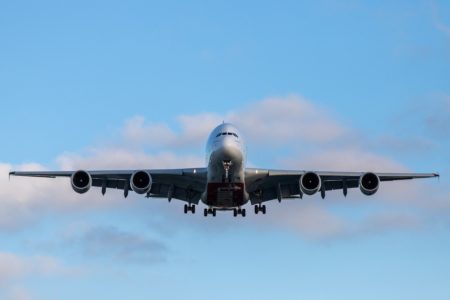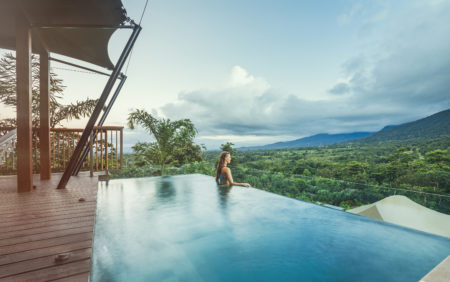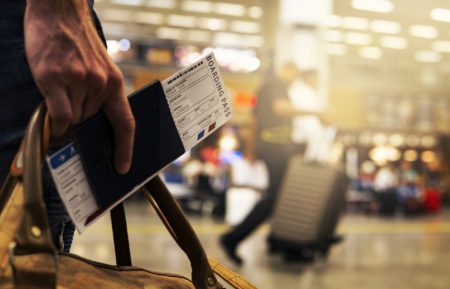Leisure travel
Living ‘El Dia De Los Muertos’
In San Miguel De Allende
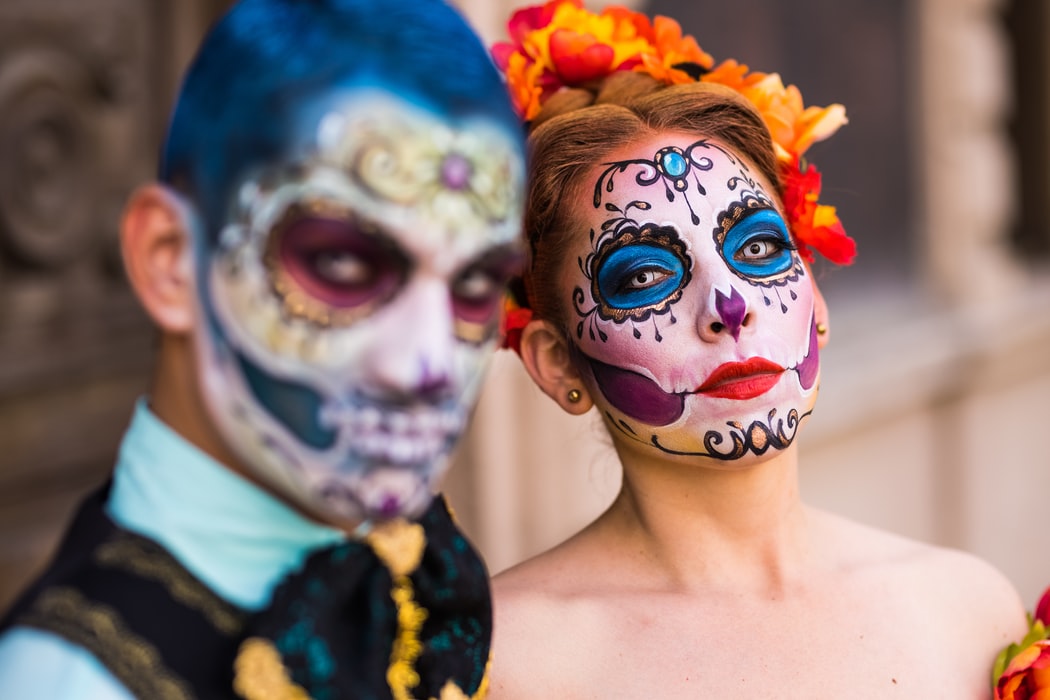
Can you imagine a place where the Day of the Death (El Dia De Los Muertos) is celebrated with an explosion of color and joy, turning the city into a lively spectacle?
Well, this place exists, and it is called San Miguel de Allende (Mexico).
Although El Dia De Los Muertos is a festivity celebrated throughout Mexico, the picturesque village of San Miguel de Allende, is one of the favourite destinations to experience this day. The reason- striking architecture intertwined with a lively atmosphere in a unique location.
So if you are on the hunt for unique experiences while enjoying a UNESCO World Heritage site, you just landed in the right place.
What is ‘El Dia De Los Muertos’?
El Dia De Los Muertos, or Day of the Dead, is a popular celebration in Mexico about the celebration of life and death and is held on November 1 and 2.
Mexicans celebrate this day at about the same time as Halloween; however, the celebration concept is totally different. In this event, people gather to remember beloved family and friends who have died, but it is a day of celebration rather than mourning.
During this celebration, individuals paint their faces representing calacas and calaveras (skulls), sing and dance along the streets, and make offerings (ofrendas) to lost loved ones.
In 2008, UNESCO added El Día de Los Muertos to its Cultural Heritage of Humanity list. Today Mexicans from all religious and ethnic backgrounds celebrate El Día de Los Muertos, but at its core, the holiday is a reaffirmation of indigenous life.
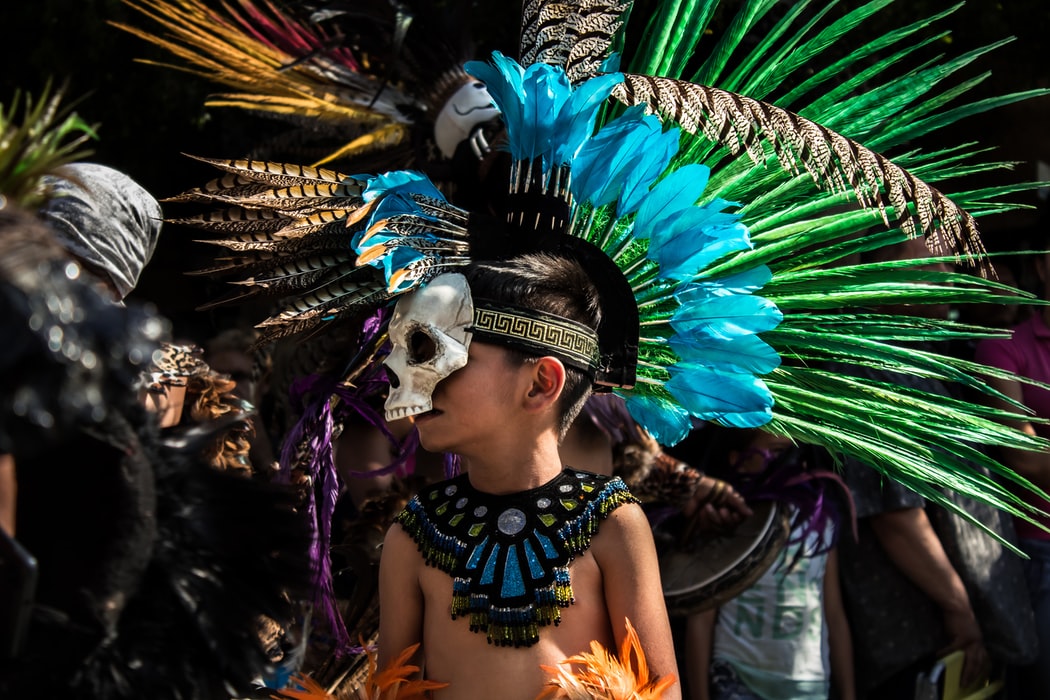
Local Traditions
Various local traditions occur during this festivity, such as children in costumes wandering the streets asking for calaveritas and the traditional “Dance of the Old Men.” But what really represents this celebration is the decorated altars, the colorful calaveras, and the food offered to both the living and departed ancestors.
Ofrendas and Altars
Altars are one of the most important elements of the celebration.
As you walk the vivid streets of San Miguel, you can find them at homes and cemeteries.
They are meant to welcome spirits back to the world of the living.
These altars contain ofrendas (offerings) like food, pictures of the departed, flowers, and candles. Also, if the spirits are children, you might find the alter filled with toys, whereas some adults are offered tequila bottles.
The purpose is to encourage visits by the souls directed by these ofrendas.
Calaveras, the icon of El Dia De Los Muertos
The calaveras (kulls) are probably one of the most representative symbols of this holiday.
As you wander, you’ll find them in all shapes and colours: skull masks used for customes (calacas), sugar skulls as one of the most popular sweets, and decorative items all around the place.
But there are also other kinds of calaveras known as “calaveras literarias.” These are short poems with a sarcastic humorous touch, describing interesting habits and attitudes, as well as comical or absurd anecdotes.
These have now become an essential part of El Dia De Los Muertos, and you can find these poems published in the newspaper and broadcasted on radio and television.
The most famous of all the calaveras– La Calavera Catrina (“The Elegant Skull”).
José Guadalupe Posada who is the author and creator was a satirical cartoonist from the 19th century and he designed it as a parody of an upper-class Mexican female who wore fancy hats. There is a French connection here, where the upper-class Mexican women imitated the Parisian women by wearing these hats. A former Mexican President had lived in Paris and his entourage imported the fashion statement to Mexico. Guadalupe Posada was quick to catch on it and mocked them everywhere he could with his popular illustrations.
Today, the Calavera Catrina, is one of the most popular symbols of El Dia De Los Muertos. There is even a famous parade where participants are all dressed as Calaveras Catrinas.
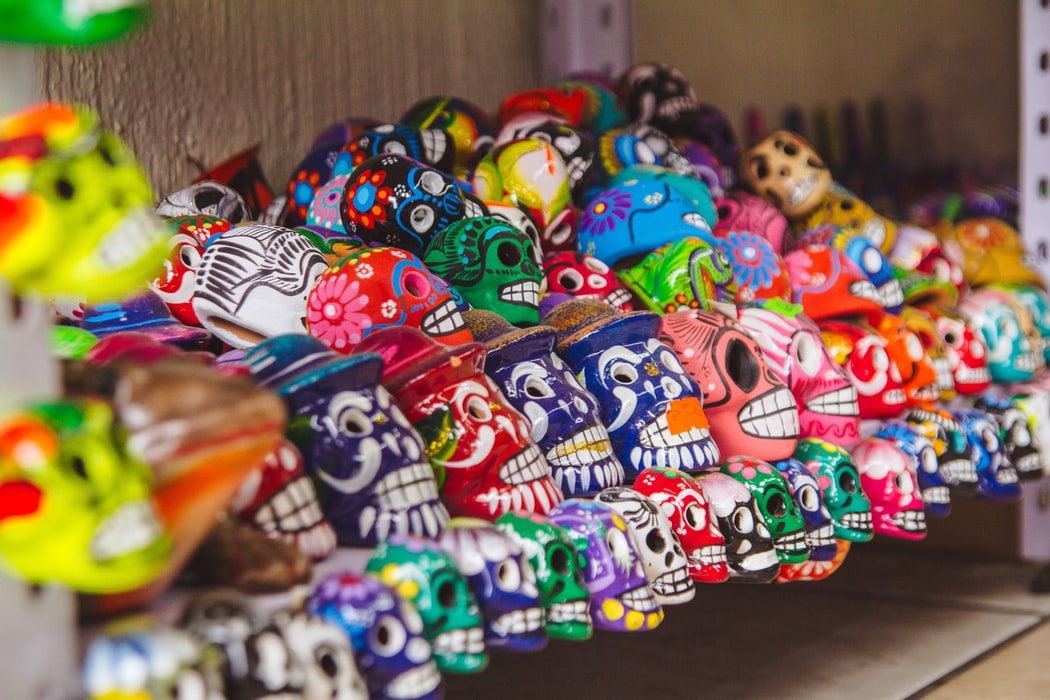
Customes and decorations
Another of the unique characteristics of this day is the vivid decoration in the city and the original customs.
Papel Picado (pierced paper) is one of the protagonists for the decoration used this day. To make this, artisans stack colored tissue paper in dozens of layers and then perforate the layers creating unique forms. You can easily find them decorating altars and throughout the streets.
Additionally, customes are a vital part of the fun during this festivity. People of all ages dress up as skeletons and with fancy dresses, inundating the streets with joy.
Food during El Dia De Los Muertos
Food is, without a doubt, one of the protagonists during these festivities.
The spirits receive food ofrendas, whereas the living enjoy some of the typical dishes of this day.
Tamales and Pan de Muerto, are some of the most common dishes you can find during these days for both living and souls.
Also, sugar skulls are a common gift for children and commonly used for decoration.
In addition to food, drink is also essential to the tradition for this day. And despite the main alcoholic drink used to be pulque, today’s families will commonly drink their deceased ancestors’ favourite beverage.
Living ‘El Dia De los Muertos’ in San Miguel de Allende
During El Dia de Los Muertos festivities, the city of San Miguel de Allende turns into a lively hub, and people gather mainly around the main square.
Even though the festivities are during November 1 and 2, preparations begin by the end of October- Colourful flags are placed throughout the center, and thousands of excited tourists arrive, willing to participate in this lively tradition.
As November 1 arrives, the real show begins: fascinating altars are placed around the city, several contests take place, and the vivid parades with participants dressed as Catrinas inundate the city with joy.
Something that truly characterizes these days is the smell of incense, the positive energy of the participants, and the cheerful music all around the city.
It is definitively and event that should not be missed.
Activities
Although in 2020 the Covid limited some of the activities taking place like the Catrina Parade, there are still plenty of safe activities that visitors can enjoy:
- Skull painting workshops.
- Photographic expositions.
- Theatre plays.
- Several expositions.
- Concerts
There is also a giant’s skulls route, where visitors can take pictures with four massive skulls in 4 different locations across the city.
Also, now the population is getting vaccinated, the predictions for 2021 and coming years are more optimistic.
Lastly, you might want to know that bars and rooftops offer different activities featuring mariachis, traditional dances, and special meals during this festivity.
As you can see, every day is packed with plenty of exciting activities for all tastes: From immersive cultural activities to the most exquisite gastronomy.
So why not join such a special occasion where the fun is undoubtedly assured?



